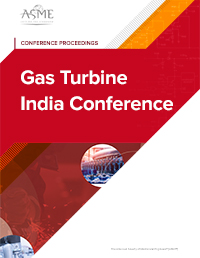Abstract
The advantages of renewable energy sources are available freely in nature, inexhaustible, produce either no or little pollution and low gestation period. Among all renewable energy sources, wind energy has become one of the leading resources for power production in the world as well as in the India. According to WWEA, the wind turbine installation capacity in the world has been reached over 539.291GW by the end of 2017. The entire wind power installed capacity by the end of 2017 covers more than 5% of global demand of electricity. In India, the present wind power installation capacity on October, 2017 was over 32.7GW and wind energy contribution is 55% of the total renewable energy capacity in the country. Inspite of having sharp growth rate in wind in India, only a fraction of wind energy has been tapped until now out of 302 GW wind potential which is available above 100 m height on shore. Practical horizontal axis wind turbine converts kinetic energy in the wind into useful energy by using airfoil blades. Blade element momentum (BEM) theory becomes very popular due to its simplicity in mathematical calculation as well as accuracy. Hydraulic pitch actuation system has certain advantages due to its versatility, ability to produce constant force and torque irrespective of the disturbances outside of the system, ease and accuracy of control, simplicity, safety and economy. In the present study a semi rotary actuator has been utilized for turbine pitch actuation. In order to extract maximum power from available wind, fractional order PID controller (FOPID) has been developed for pitch control of wind turbine rotor blade. The performances of PID as well as FOPID controller have been compared with available wind data. The performance of FOPID controller was satisfactory compare to PID controller.












